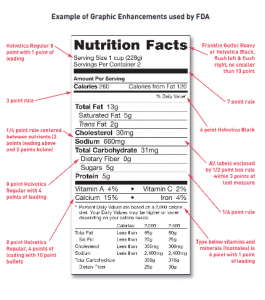
By Agnes Maloney, BioFables 
![]()
I get asked a lot of questions about my FEAST philosophy. (Sand Sack, Book 3) Thoroughly covering each FEAST item would require a book (and many excellent authors have done just that). I thought you might prefer just the “meat” of my ideas, rather than the full course from appetizer to dessert. So, with apologies to readers who are already groaning about the play on words, let’s start with the first ingredient on the list: FOOD.
You probably haven’t asked what’s food? The word food can be pretty inclusive, if you think about it, encompassing the whole world.
ANIMAL: Food = Fuel for the body.
VEGETABLE: Fertilizer = food and fuel for plants
MINERAL: Gasoline, diesel, batteries or biofuel = fuel (food, kind of) for your vehicle
For now, we will will focus on the human form of animal and leave the rest of the world for another time.
CHOICE
Choices on the quality and quantity of food we eat NOW can influence our health not only today or this week, but especially later in life (more on my blog on TIME).
Affordable, healthy food choices may seem to be inaccessible if you live in a “food desert,” with possibly only fast food establishments nearby. Although we don’t live in a food desert, I make sure my family eats healthy and has hands-on experience with nutritious food. How? I choose to make a family project out of planting a vegetable garden every year. While our family are omnivores (my Dad used to say that he would eat anything that didn’t try to eat him first), space limitations means I’ll focus primarily on vegetables.
GARDENING
Even if you have no more than a windowsill for a garden, you can start growing some of your own food economically from seeds. Sprouts, loose leaf lettuce and cherry tomatoes are good for beginners. Even if you already garden outdoors, windowsill gardens can augment your plates during the winter season in cold climates.
Everybody in our family pitches in with planting and harvesting the 200+ lbs of veggies that our little garden produces each year. Mort and I do the “heavy lifting” of tilling the soil and organic fertilizing, while Melody and her brother Mallory do some of the planting and most of the harvesting.
The twins watch while I start some of the seeds indoors so we don’t need to buy the more-expensive tomato and pepper plants at the garden store. Maybe next year they’ll be able to do more than just watch. Hmm. We’ll see. At least they know that carrots, lettuce, beans and other veggies don’t grow with cellophane wrappers.
Some history: Victory gardens were planted by civilians during World War I and World War II so that commercial growers would have more food to be used for the armed services and conserve material and transportation costs. These citizen gardeners enjoyed the fruits (and vegetables) of their efforts while feeling good about contributing to the war effort.
RAW vs. COOKED
There’s something to be said for letting your children harvest your garden veggies. They can’t resist munching on the leaf lettuce and sweet peppers. This is even before they reach the garden hose when they think Mort and I aren’t looking. I try to discourage them by graphically describing what insects do on plants when THEY aren’t looking. Ah will, at least everything’s organic.
So, what’s better nutritionally? Raw or cooked veggies? It’s your call. Personally, I believe that mixing it up is suitable to most palates. Veggie sticks and salad fixings coupled with steamed veggies and in soups goes over well in our household. The good thing about preparing veggies from your garden (fresh and frozen) is that you know what ingredients are in your dishes.
Which brings me to the processed foods in your supermarket.
LABELS
Most of us read the labels on the clothes we buy so we know the material and laundering requirements. Some of us read food labels some of the time. I have to admit to being surprised every so often when I was in a rush or distracted and neglected to read the food label.

This isn’t the place to discuss the Food and Drug Administration’s nutrition facts label requirements. Just be aware of your family’s or your own dietary needs and restrictions. Calories per serving, fat, cholesterol, sodium carbohydrates, protein and vitamins now need to be identifiable at a glance and in the same or similar format on food packaging.
Which brings us to the end of this brief discussion on the FOOD portion of my FEAST philosophy. EXERCISE is next.
What do YOU think? Please let me know c/o my author and publisher: jogucwa@techmanage.com.
